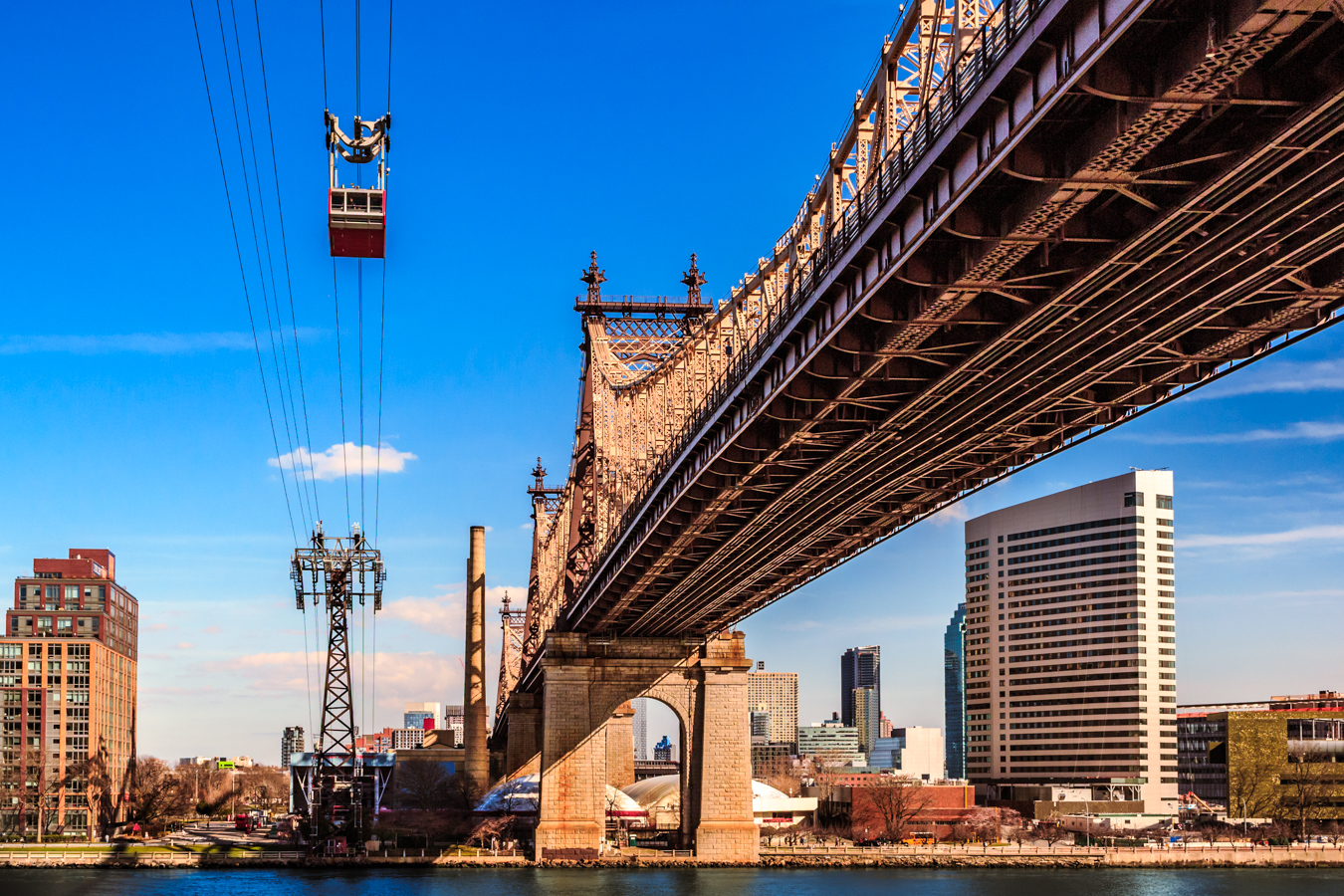Before I started studying Graphic Design and Animation in 2005, I spent my days sketching comics and cartoons. I'd recently discovered the magic of Photoshop and was fascinated by the mastery over pixels it offered. Photography wasn't even on my radar. I was an artist who drew things, not someone who captured them.
But then class projects started requiring actual images. Not clip art, not stock photos from CDs, but real photographs that I'd need to manipulate and incorporate into my designs. Simple solution, right? Just get a camera that takes good pictures.
So I walked into Best Buy with the confidence of someone who knew absolutely nothing about photography but figured it couldn't be that complicated. I found a sales associate and asked for a really good camera. Without hesitation, he pointed to a Kodak P850 sitting on the shelf.
"This one shoots in RAW," he said with the certainty of someone making a sale.
RAW. That sounded professional. That sounded like exactly what someone serious about images would need. I had no idea what it meant, but I nodded like I understood completely. If I was going to do this photography thing for my projects, I might as well do it right.
I walked out of that store thinking I'd just equipped myself to be a professional photographer. All I needed was professional gear, right?
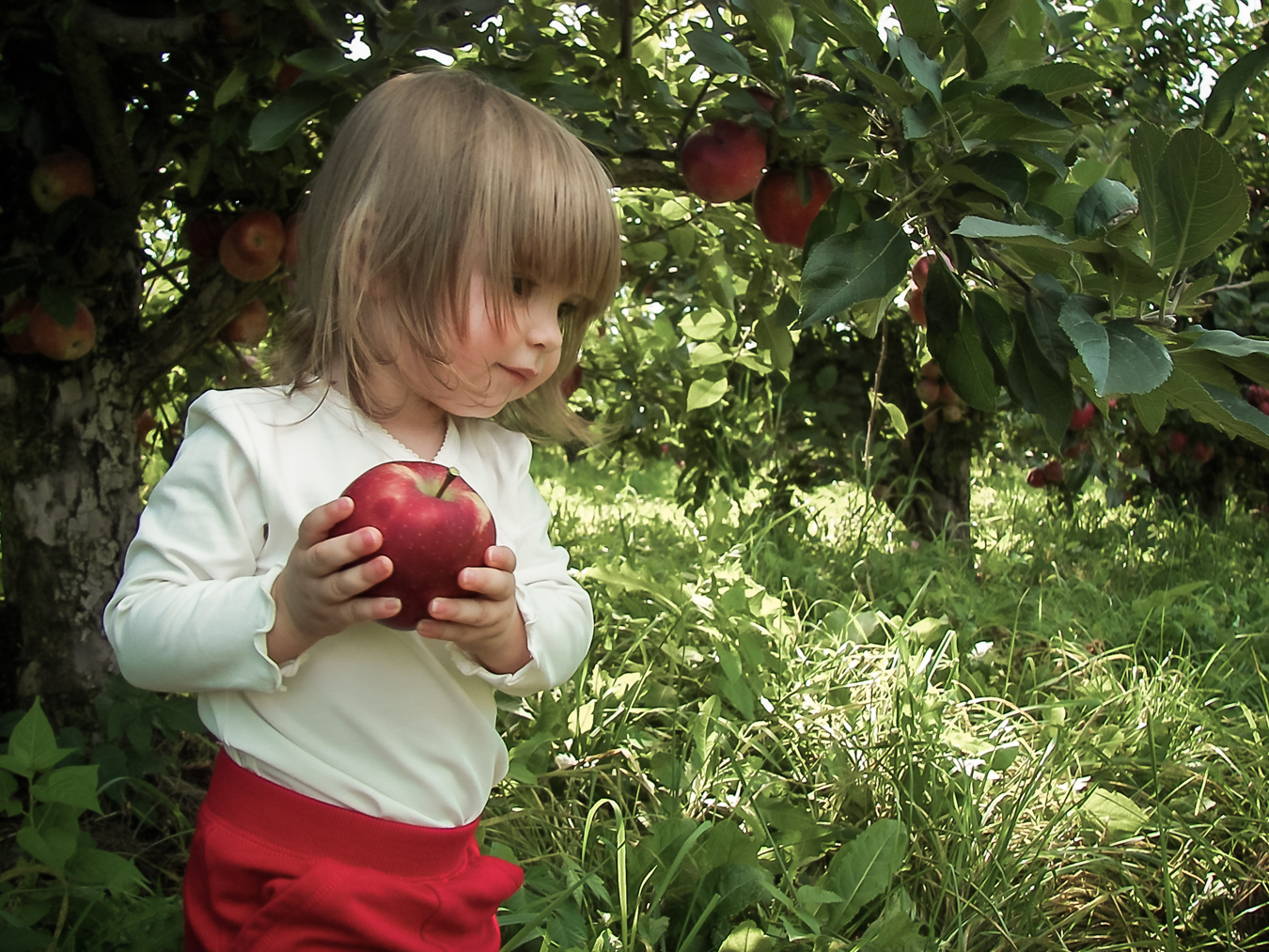
What actually happened over the next few months was both embarrassing and accidentally successful. Those class projects needed images, so I'd take the P850 out and point it at things. The results were… actually pretty good. Colors looked natural, exposure seemed right, everything appeared sharp enough for my design work.
There was just one small problem with my "professional" approach: I wasn't shooting in RAW at all.
Every single photo that worked, every image that made it into a project, every shot that made me think "maybe I'm naturally good at this" was a JPEG straight from the camera's automatic settings. The expensive RAW feature that convinced me to buy this specific camera? I tried it a few times, got confused by the complicated files, and went right back to JPEG.
But here's the thing about accidental success - it's still success. Those JPEG photos looked good because the camera was doing what cameras do well: making quick exposure decisions, processing colors nicely, and handling the technical stuff while I focused on pointing at interesting things. I just didn't realize that's what was happening.
Occasionally, I'd remember that I was supposed to be shooting RAW like a real photographer. I'd switch the camera over, take some landscape shots, try to figure out what all the settings meant, get frustrated with the weird-looking files, and go right back to JPEG comfort. The feature that sold me the camera was the one I avoided most.
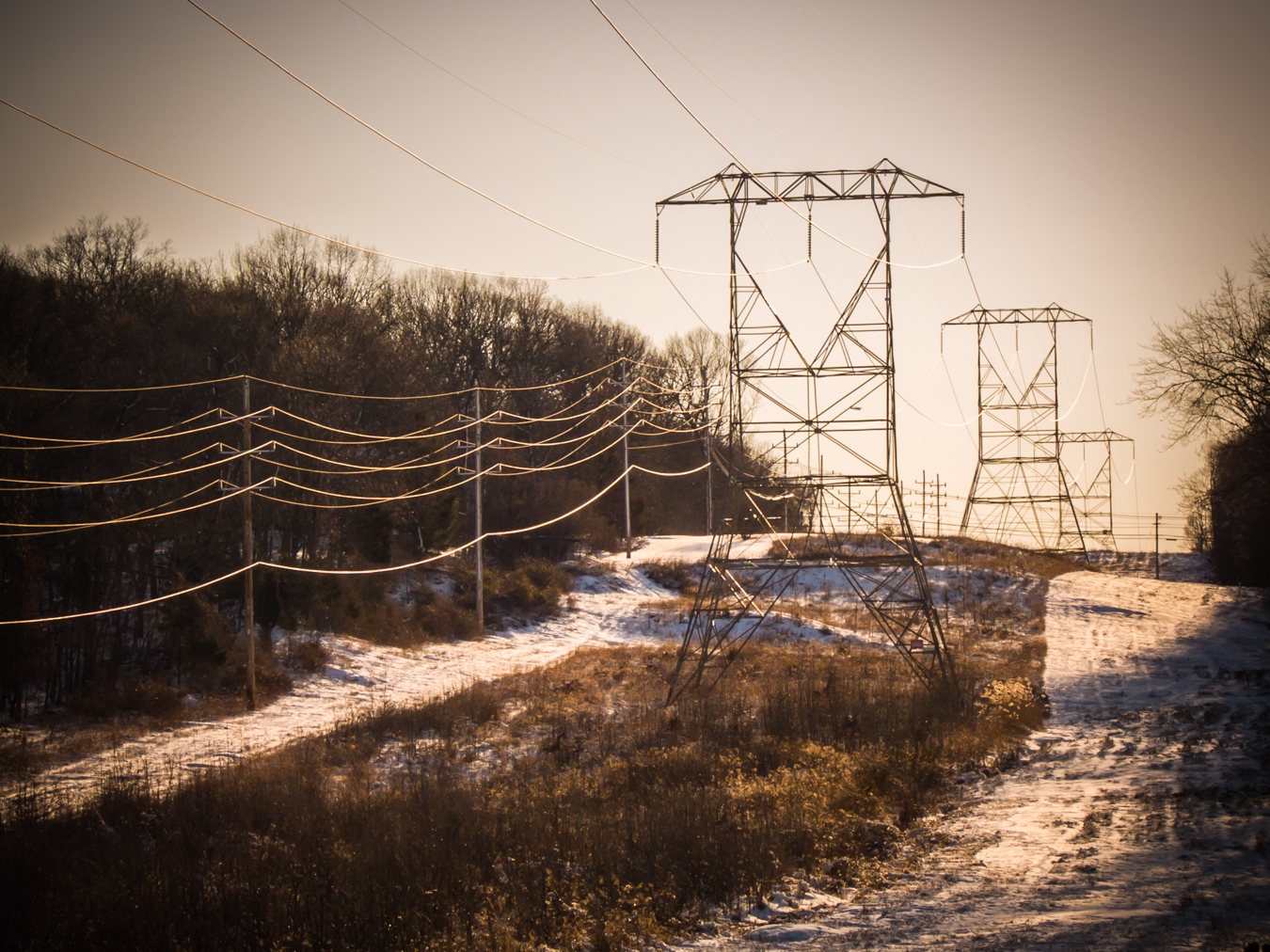
After a while, I started feeling like I wasn't really progressing. The P850 went into a drawer, and photography became just one of those things I thought I might get serious about someday. I'd figured I needed to learn the "right" way eventually, but for now, my graphic design studies took priority.
Then in 2010, I got my first iPhone 4. Not for photography - just for life. But that little camera was always there, and when Instagram launched in 2011, something clicked. I posted my first photo on March 2nd, 2011. It's still on my profile.
By then, I was working as a letter carrier for the Post Office, walking routes through different neighborhoods every day. The iPhone came with me everywhere, and walking six hours a day gives you plenty of time to notice interesting things. A weird shadow here, an unusual angle there, the way light hits a building at exactly 2:30 PM.
I started posting something every day. Not because I was trying to become a photographer, but because I was seeing things worth sharing. The iPhone made it simple - no RAW confusion, no complicated settings, just see something interesting and capture it.
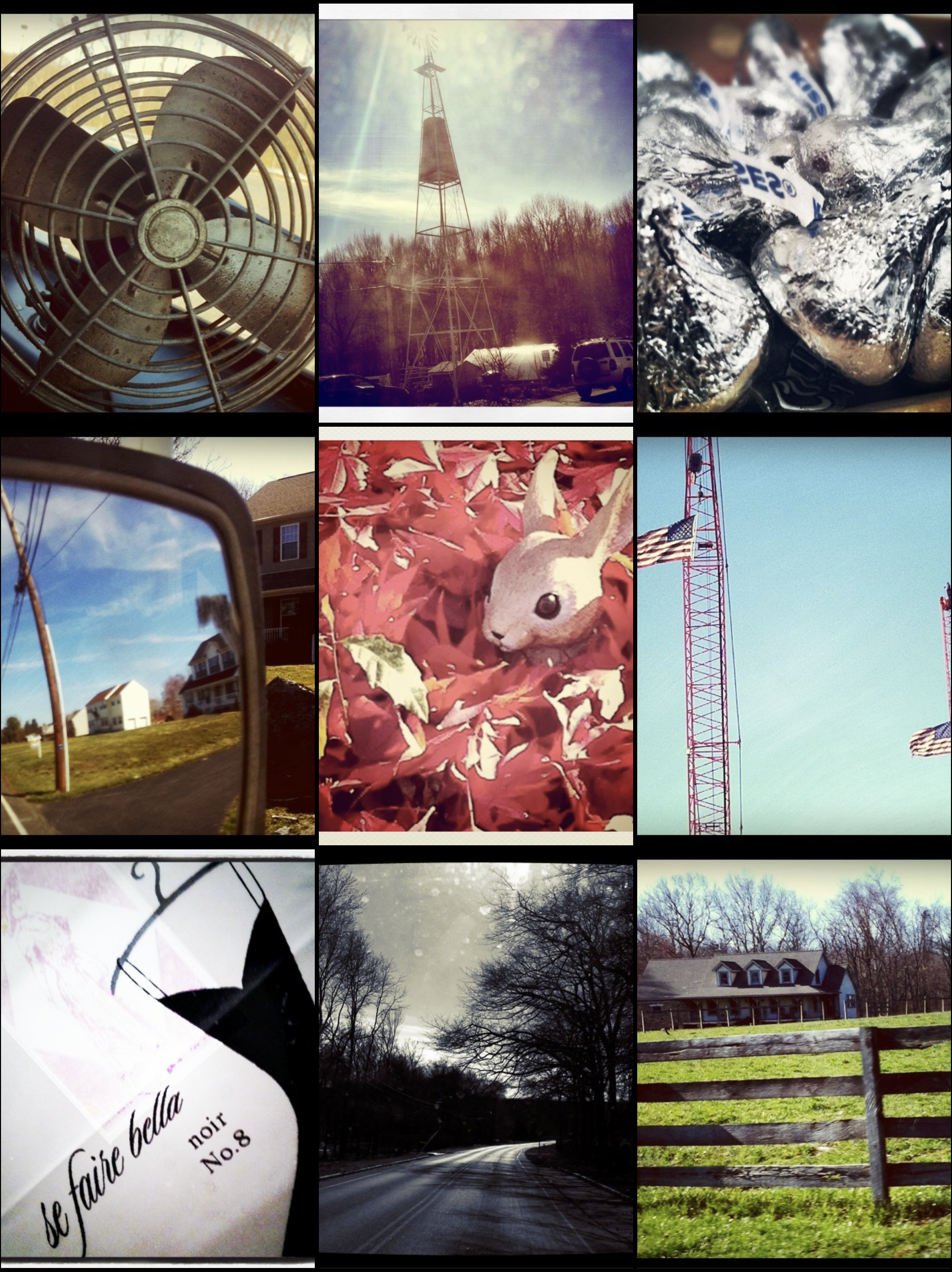
What happened over the next six years surprised me. Those daily iPhone photos taught me more about actually seeing and composing images than the expensive P850 ever had. I was learning about framing and timing and mood, experimenting with Instagram filters, connecting with other people who were doing the same thing.
The constraints of the iPhone became its strength. When you can't adjust much technically, you focus on what's actually in front of the camera. You learn to work with available light instead of fighting it. You develop an eye for moments instead of relying on settings.
I started following other iPhone photographers, picking up composition ideas, understanding how different angles changed the feeling of a photo. The daily practice mattered more than any camera feature ever could.
By 2016, I felt ready to get serious about photography again. This time, I did my research. I learned about the exposure triangle, read reviews, understood what I actually needed. I chose the Canon SL1 - compact, beginner-friendly, but with all the manual controls I wanted to finally master.
This was going to be different. I knew what I was doing now.
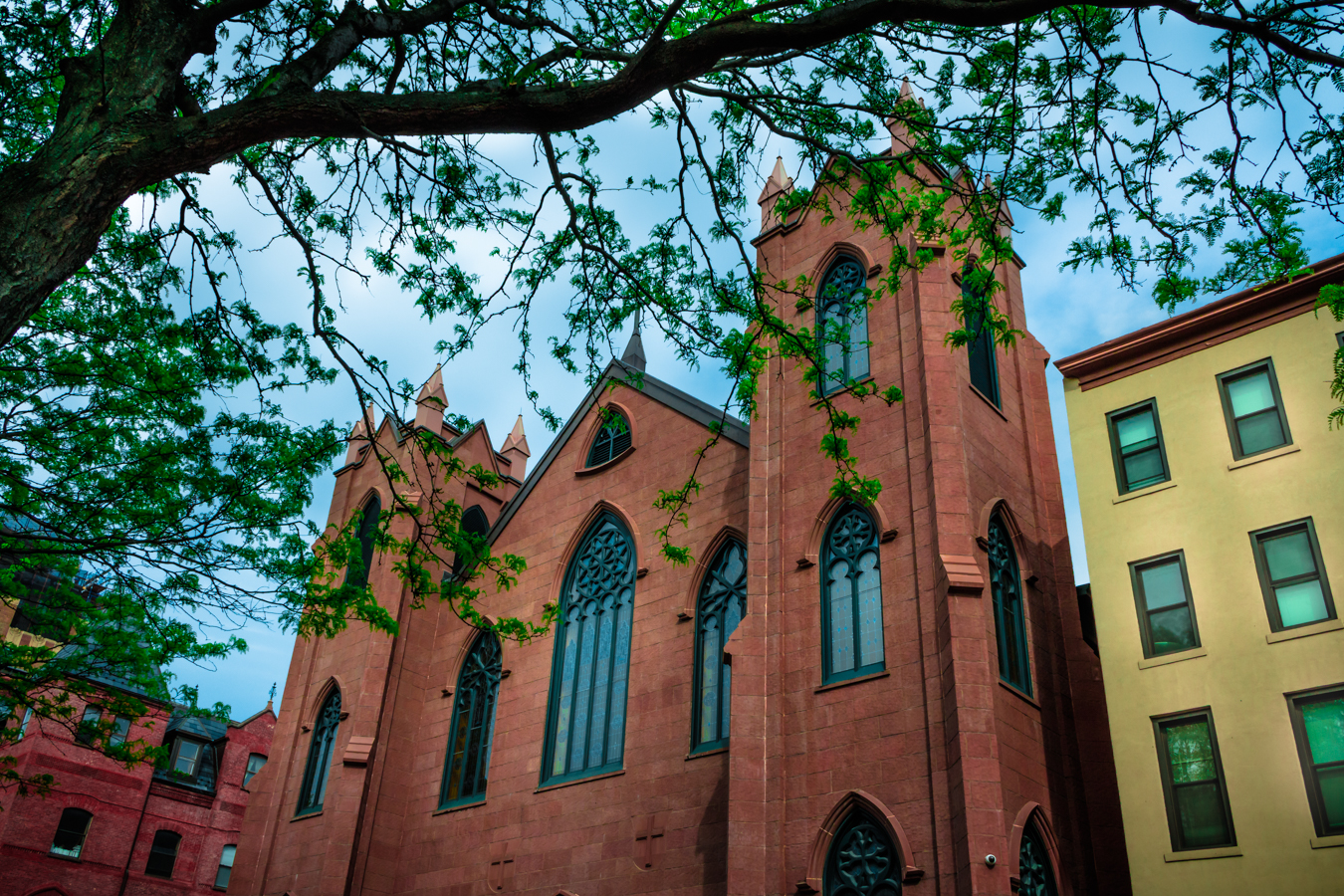
Then I took the SL1 to the zoo.
Outside shots looked great - natural light, easy exposure decisions, everything I'd practiced with the iPhone was working with the DSLR. But when we went inside to see the indoor exhibits, every single photo came out completely black.
I stood there in the dim indoor lighting, pressing the shutter and getting nothing. Frame after frame of darkness. The "beginner-friendly" camera was somehow more confusing than the "professional" P850 had been. I was supposed to understand photography now, but I couldn't figure out why this wasn't working.
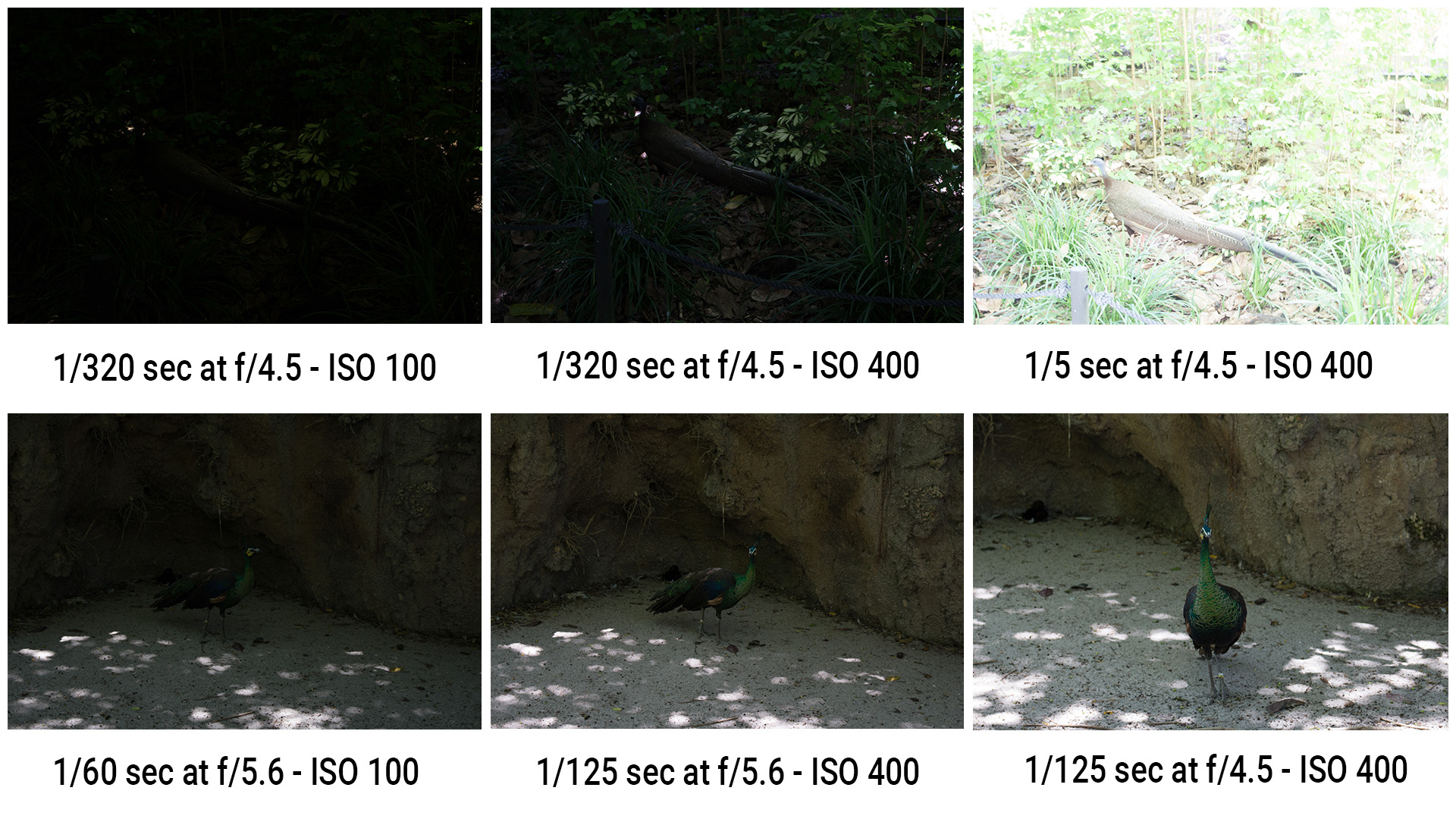
Those dark zoo photos were humbling in the best way. They reminded me that even with better gear and more knowledge, photography is still about understanding light and making quick decisions. The iPhone had taught me to see, but I still needed to learn how to translate that seeing into manual camera controls.
I kept practicing with the SL1, slowly figuring out when to adjust ISO, how to balance aperture and shutter speed, what worked in different lighting situations. Some days I wanted to give up and go back to just using my phone. But gradually, things started clicking.
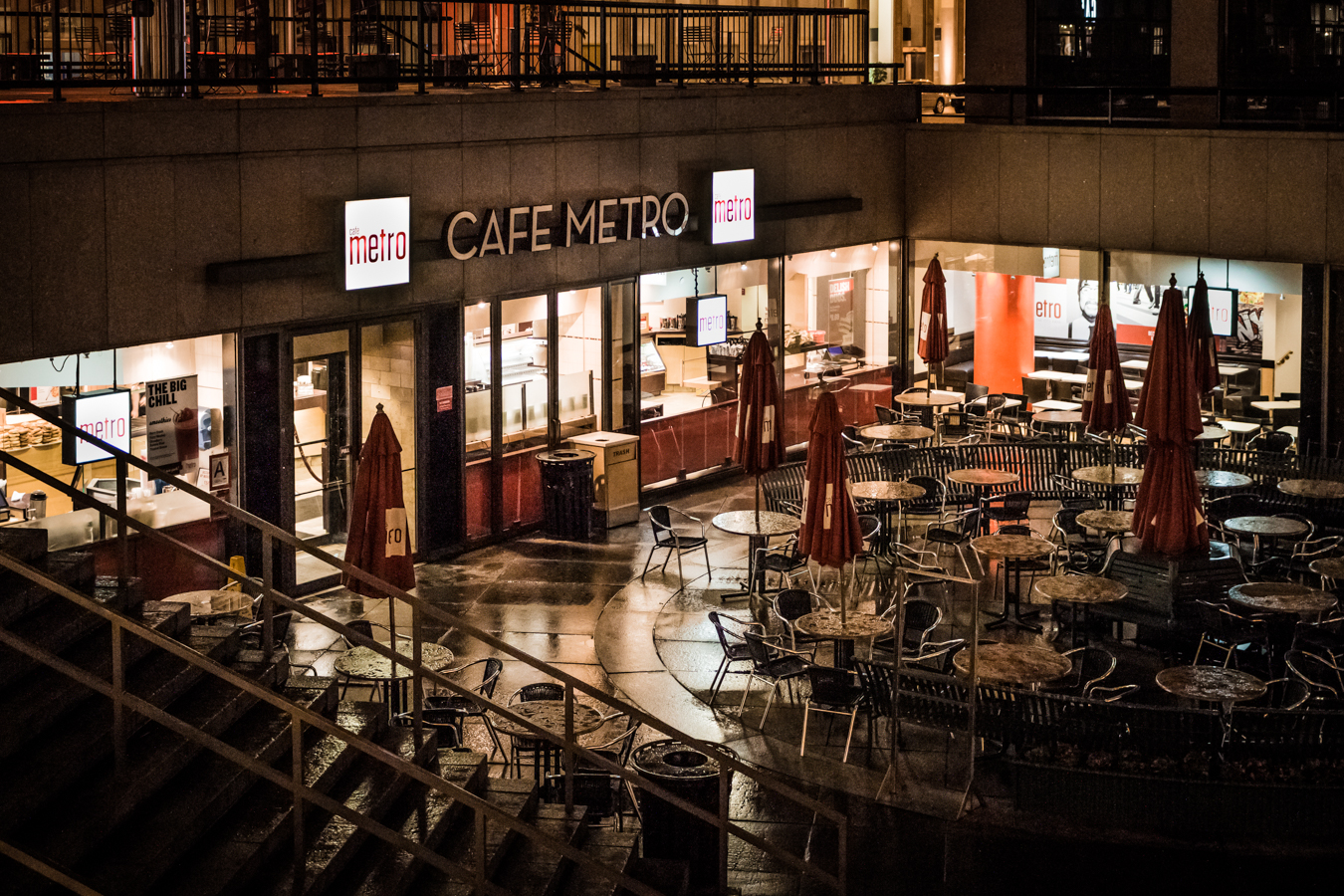
These days, I use both tools depending on what I need. The iPhone (set to RAW now) goes everywhere and captures moments I might otherwise miss. The DSLR comes out when I need specific lens choices or full manual control over challenging lighting.
The irony isn't lost on me. I bought that first camera specifically for its RAW capability, spent years avoiding that feature, then learned the most about photography from a device that couldn't shoot RAW at all. Six years of simple phone photography taught me more about seeing and composing than any expensive camera feature ever did.
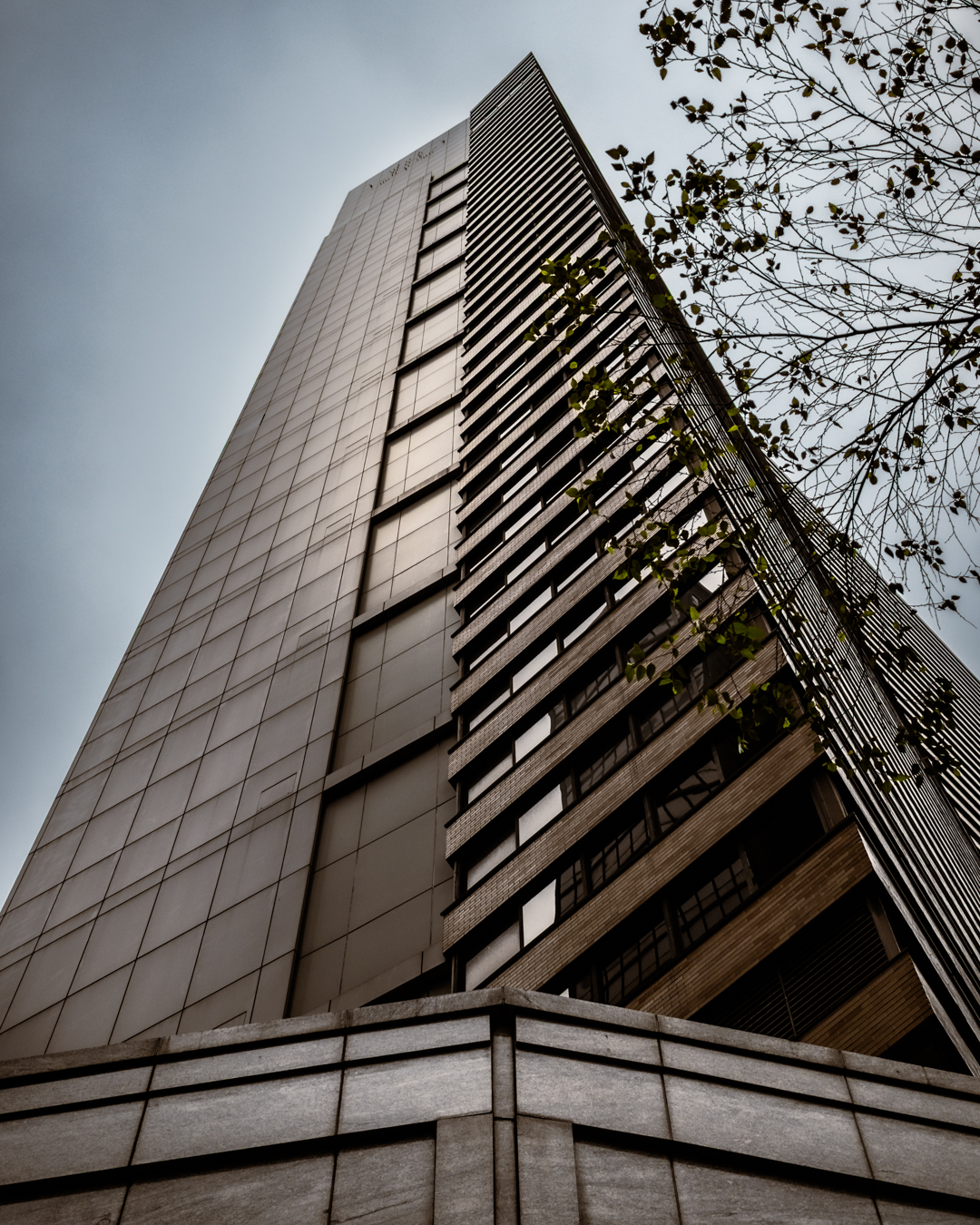
I thought I needed better gear to take better photos. Turns out I needed to take more photos to get better, period.
That expensive RAW feature that convinced me to buy my first serious camera was exactly what I struggled with most, while the simplest tool taught me the most about what actually matters: learning to see, practicing consistently, and understanding that the best camera is the one that gets out of your way and lets you focus on what's in front of you.
I'm still learning, still figuring things out, still making mistakes. But now I'm making them with intention, understanding why I'm choosing one tool over another, and appreciating that each piece of gear taught me something different about what it means to really see.
Behind the Shot
- Canon EOS SL3 - Newer version of the SL1, but also discontinued (Refurbished)
- Canon EOS R50 - Current mirrorless equivalent to the SL series (New)
- iPhone SE - Great entry point for serious iPhone photography
The Kodak P850 that started this journey is long discontinued, but the lesson remains: sometimes the best learning happens when you stop overthinking the gear and start practicing with what you have.
Affiliate Disclosure: As an Amazon Associate, I earn from qualifying purchases. This means if you click on an Amazon link and make a purchase, I may receive a small commission at no additional cost to you. All opinions and recommendations are my own.
